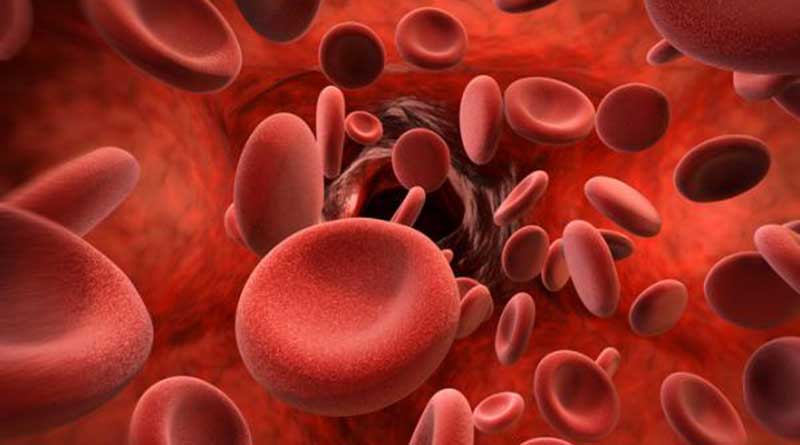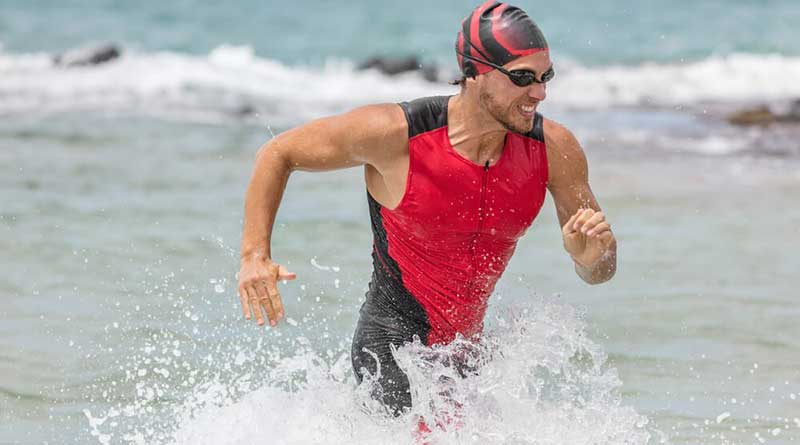For people who regularly do exercises, there are a variety of factors that influence their physical performance. Food is one of them. In that sense, the contribution of iron that you add in your diet will determine your abilities when getting results.
For sports lovers, iron is a micronutrient that needs a lot of attention. This is due to the fact that it is responsible for transporting oxygen and producing all the necessary energy in order to fulfill your training.
Athletes who participate in endurance and high-performance sports may experience instability in iron levels. Many have considerable losses due to the exercise’s own mechanisms. On the other hand, menstruation causes this imbalance in women.
That said, let’s dig a little deeper into the importance of iron for physical performance.
Iron in humans
Iron is a very important mineral in the process in which the cellular tissue obtains the necessary oxygen to fulfill its functions optimally.
In fact, this nutrient is stored in organs such as the spleen, liver and bone marrow in the form of ferritin. In addition, it is present in significant amounts in myoglobin and hemoglobin, two proteins that participate in the transport of oxygen.
Why is iron important for physical performance?
If human beings need iron in our lives to have energy, all people who practice some physical activity need it even more.
In that sense, iron is important for the production of hemoglobin. This is the one that is responsible for transporting oxygen from the lungs to the muscles.
That is to say that if an athlete has a low level of hemoglobin, the amount of oxygen that will reach his muscles will be ephemeral with respect to what he needs. That way his aerobic abilities and physical performance would deteriorate.
Avoiding anemia is not a minor issue
The red blood cells, contained in the blood, are a tiny part of our human body that have a very important function: to transfer oxygen to all the tissues of our body.
When we suffer from anemia the body does not have enough iron, and consequently produces less red blood cells or generates them too small. In this context, you will feel tired body and fatigue.
When your blood has a vast amount of red blood cells, you will perform better in your day and you will have the ability to quickly recover the lost energy. Now, athletes, although they may not have anemia, may suffer at some point from the so-called anemia of the athlete.
What is the athlete’s anemia?
This anemia consists of a relative reduction of red blood cells that causes the athlete to lose their physical performance . It happens especially with people who carry out resistance exercises or those who do intense workouts.
It can happen by maintaining an inadequate supply of iron in relation to its depletion by physical effort. In addition, the situation can be aggravated if the sweating is abundant.
Among the causes that can cause an iron deficiency in the athlete are:
- Low dietary intake of iron.
- Low consumption of foods that contribute to the absorption of iron. Foods of vegetable origin have lower levels than meat.
- Loss of iron through sweat.

Bioavailability of iron
We speak of bioavailability when we refer to the biological use that the organism can make of iron efficiently. Remember that the amount of iron consumed is not equal to the amount absorbed.
Bioavailability depends in large part on the chemical form in which iron is ingested. There are two types:
- Heme iron, which is consumed through meats, fish, organ meats, shellfish, mussels, among others, and which has a high bioavailability.
- On the other hand, iron is not heme, which we eat through vegetables, vegetables, cereals enriched with iron, legumes, fried oil seeds, such as nuts, hazelnuts, almonds and pistachios. These are of medium-low bioavailability.
How to avoid iron deficiency?
Basically eat foods rich in iron. For example:
- Lentils
- Green peas
- Beans
- Chicken
- Red meats
- Liver
- Soy
- Peanut butter
- Plums and raisins
- Spinach
- Kale
- Apricot
- Cockles
- Wholemeal bread
- Oats
Techniques that favor the absorption of iron
Next we will offer you some very useful recommendations that favor the absorption of this mineral:
- Eat foods rich in vitamin C.
- Soak legumes and cereals for 24 hours.
- Increase consumption of foods with non-heme iron, such as fish and red meat.
- Do not use techniques such as freezing and strong thermal treatments, since they transform non-heme iron into heme iron and hinder its absorption.
- Avoid coffee, tea, chocolate and red wine.
- Reduce the consumption of vinegar.
In short, a good diet should be based on iron consumption if you want to maintain an adequate physical performance . Perhaps you have not noticed the importance of this mineral, but remember that you will do better if you keep your iron levels high.













